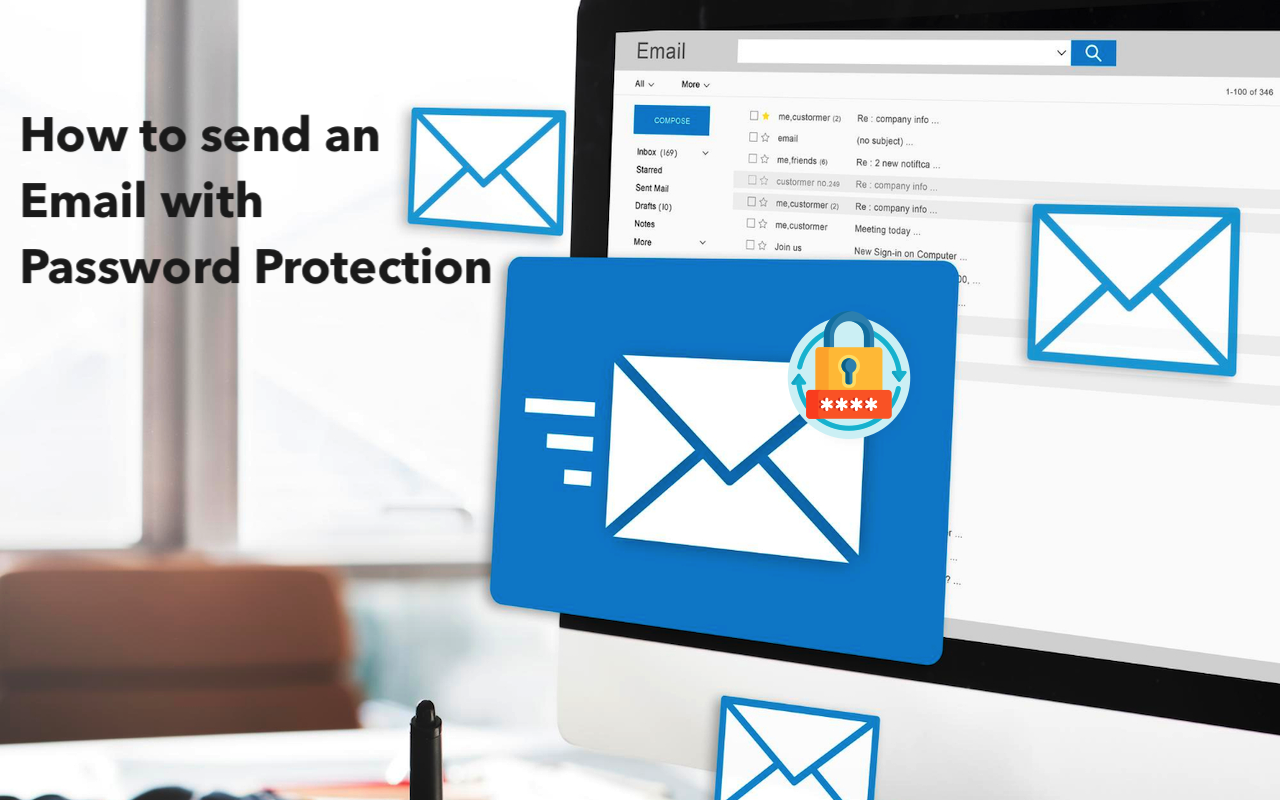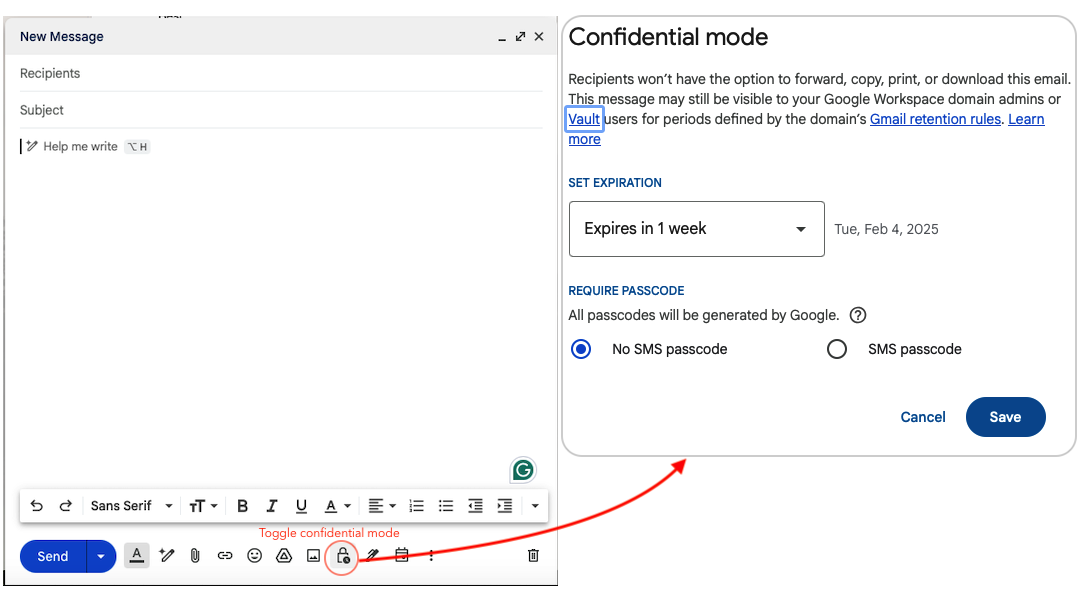
Cybersecurity regulations are constantly evolving, driven by new recommendations from experts to address emerging threats. With growing concerns about the accessibility of personal information, individuals are taking proactive steps to safeguard their data. One effective measure is leveraging person lookup by email to verify sender identities and enhance account security.
Additionally, securing sent emails is crucial for limiting unauthorized access to sensitive information. This protection ensures that only intended recipients can view the content, regardless of your email service provider. By prioritizing these strategies, you can significantly reduce risks and strengthen your online security.
The principle of using email security
For beginners, sending protected emails can raise a lot of questions. This article provides detailed answers to help you safeguard personal messages and corporate secrets effectively. By following the outlined strategies, you can enhance your email security without incurring additional costs.
How does password protection work?
When sending emails, you can enable a confidential read mode to enhance security. This involves setting a password that only you and the recipient know, ensuring restricted access to the email content. Platforms like Gmail, Microsoft 365, and others offer password-based email encryption options. Instead of a standard email notification, the recipient will receive an alert about a secured email. To access the message, they must enter the specified password in the provided field.
When is email protection necessary?
Communicating with loved ones or coworkers via email isn’t always as private as it seems. Skilled individuals can potentially intercept messages, putting sensitive information at risk. To safeguard your communications, it’s essential to take proactive measures, such as setting a password on your emails. This simple step ensures that only the intended recipient can access the message, protecting your privacy and security.
How much does it cost to block emails with a password?
Protecting emails with a password is often a free service provided by popular email platforms. For example, Gmail offers a "Confidential Mode," while Microsoft 365 includes a "Protect Document" feature, both of which allow you to encrypt emails with a password. However, these options are not widely known or fully utilized by users. Many other platforms also provide similar features, enabling you to secure your emails at no additional cost.
How to set up email blocking in Gmail?
To protect an email with a password in Gmail, you may use "Confidential Mode". In the "Compose" Window, pay attention to the lock icon with a set timer. Clicking on it activates an additional menu. You can set the required security measures, including passwords, access periods, and more. To prevent unauthorized people from reading the message, you need to:
- Compose a new email. Write what you need to share, but don't rush to send it. A little preparation is required beforehand.
- Set a password. To protect the content, you can choose any convenient code. The main condition when composing a password is to refuse to use the simplest combinations, for example, “1111”. In addition, inform the recipient about the presence of protection. This way, you will be able to set a password that is easy to remember and use.
- Set the retention period of the email. The duration of access to the sent message should be configured each time before sending it. If you do not do this, the message will be stored on the provider's servers for many years. In cases when the recipient never opened the protected message, you will receive a corresponding notification.
- Confirm the changes you have made. The system asks for the sender's consent to use the password and also offers to inform the recipient about the availability of protection. You can do this by sending the usual short message to your cell phone. It is not recommended to use online messengers.

Once the settings are complete, you can send the letter by email. If it can be intercepted, you will not be able to get the information.
Other ways to protect emails
Protecting your confidential email with a password is essential, but there are other ways to encrypt your email. You may use email encryption tools to protect the content of your messages from being read by anyone other than the intended recipient. Services like ProtonMail or encrypted email plugins for Outlook or Gmail (e.g., Virtru) provide strong encryption options.
Password protection and email encryption both enhance email security but operate differently and serve distinct purposes. Password protection focuses on securing access to an email message and ensures that only authorized individuals can open specific email messages. Email encryption, conversely, secures the email's content, making it unreadable to anyone except the intended recipient. It focuses on protecting the data rather than just accessing the account or file.
Conclusion
In an era where personal information is increasingly vulnerable, safeguarding email communication is more important than ever. Whether through password protection or email encryption, taking proactive steps to secure your messages ensures that sensitive information stays out of the wrong hands.
By understanding the differences between password protection and encryption and implementing these strategies, you can significantly reduce security risks and maintain the privacy of your communications. Embracing these measures empowers individuals and businesses to communicate confidently in an increasingly connected world.
Share this post
Leave a comment
All comments are moderated. Spammy and bot submitted comments are deleted. Please submit the comments that are helpful to others, and we'll approve your comments. A comment that includes outbound link will only be approved if the content is relevant to the topic, and has some value to our readers.

Comments (0)
No comment